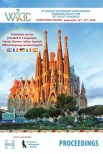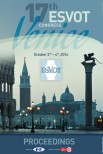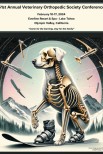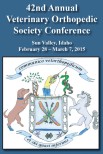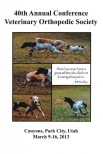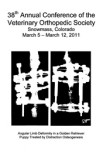Summary
Reasons for performing study
This is the first study comparing stemness features of equine mesenchymal progenitor cells derived from amniotic membrane and bone marrow.
Objectives
To investigate an alternative and noninvasive stromal cell source for equine tissue engineering.
Study design
In vitro experimental study of the characteristics of equine mesenchymal progenitor cells derived from amnion and bone marrow.
Methods
Cells isolated from amniotic membrane and bone marrow were analysed for proliferation (growth curve, doubling time, colony forming unit). Immunocytochemical detection of pluripotency markers and gene expression of stromal cell markers were also performed and these cells were studied for multilineage plasticity.
Results
Amniotic stromal cells (AMSCs) and bone marrow mesenchymal cells (BM-MSCs) both exhibited mature stromal cell-specific gene expression and immunocytochemical properties, but showed substantial differences in their proliferative and differentiation potential. The mean doubling time for AMSCs was significantly lower (P<0.05) than that observed for BM-MSCs (1.17 ± 0.15 vs. 3.27 ± 0.19 days, respectively). Compared to AMSCs, BM-MSCs also demonstrated a significantly (P<0.05) lower clonogenic capability (one fibroblast-like colony forming unit from a mean of 590.15 cells seeded for BM-MSCs vs. 242.73 cells seeded for AMSCs). BM-MSCs did not differentiate into glial cells, and the osteogenic differentiation process was longer than for AMSCs.
Conclusions and potential relevance
The amniotic membrane could be a valuable source of MSCs to be used both for allogenic and/or autologous therapies. The noninvasive nature and low cost of collection, the rapid proliferation along with a greater differentiation potential and the ‘off the shelf’ preparation potential could make AMCs useful for cell therapy.


